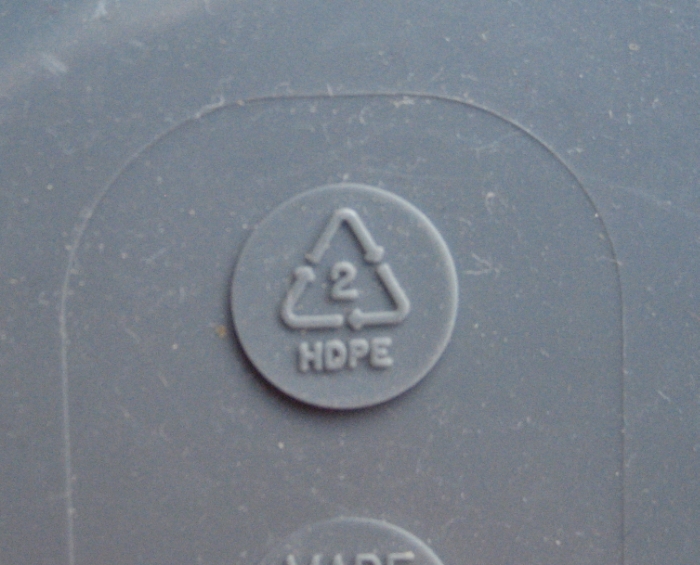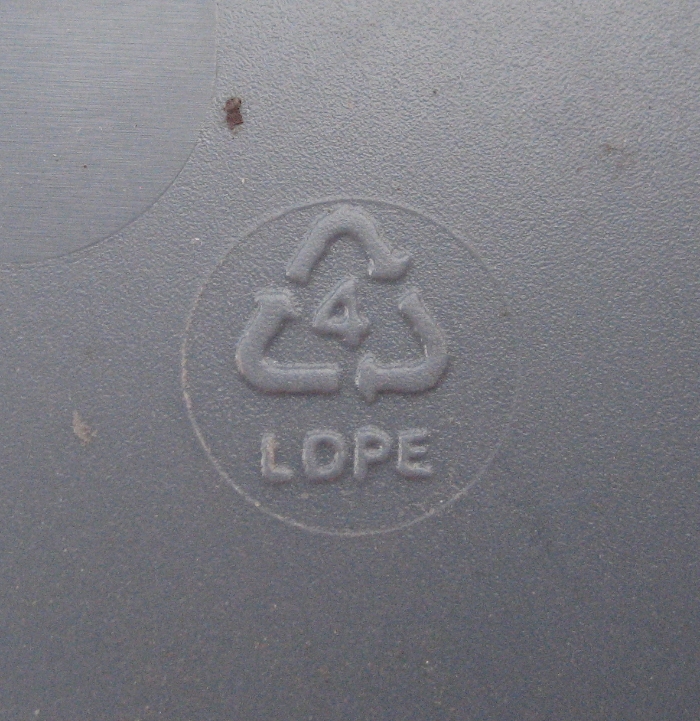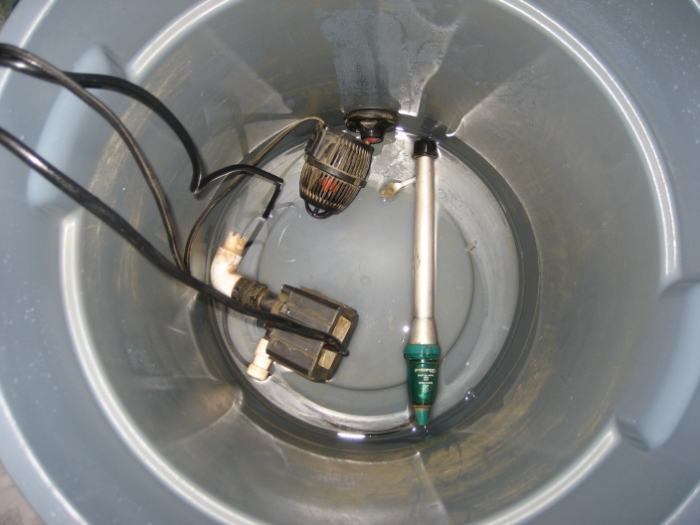I stumbled on this PDF put out by the Chem division of Agilent Technologies (a former division of the H-P from the good old days).
From the article:
In a nutshell, LDPE is the best.
Another key quote from the results:
All of them were only measurable in the parts-per-trillion range, even after multiple years of storage.
The caveats to this info:

-Matt
From the article:
The aim of this study was to find a cost-effective means of storing ultrapure water (UPW). The target was to find a low cost material that was free from contaminating metals that might leach into the UPW during storage. Results for selected metals from the analysis of UPW stored over short and long periods are presented. Low-density polyethylene (LDPE) and high-density polyethylene (HDPE) were compared with PTFE perfluoroalkoxypolymer resin (PFA) and PTFE fluorinated ethylene-propy-lene (FEP).
In a nutshell, LDPE is the best.
Another key quote from the results:
The most common elements extracted were Ca, Fe, Mg, Al and Cu.
All of them were only measurable in the parts-per-trillion range, even after multiple years of storage.
The caveats to this info:
Good stuff - read the link!The bottles are made from virgin resins with no pigments, additives, or stabilizers.
-Matt
Last edited:





















